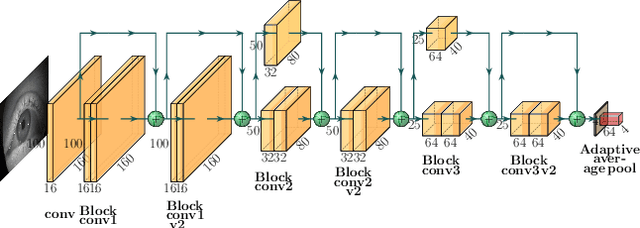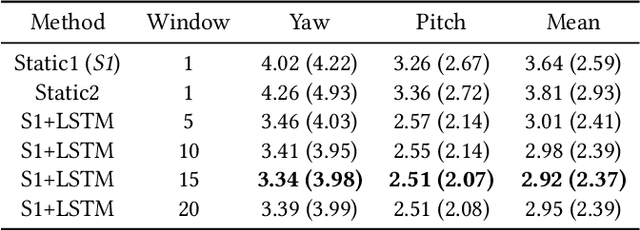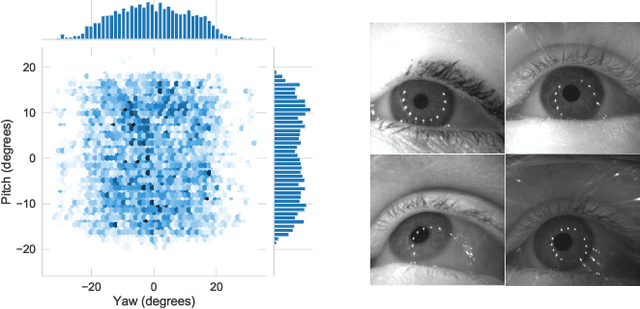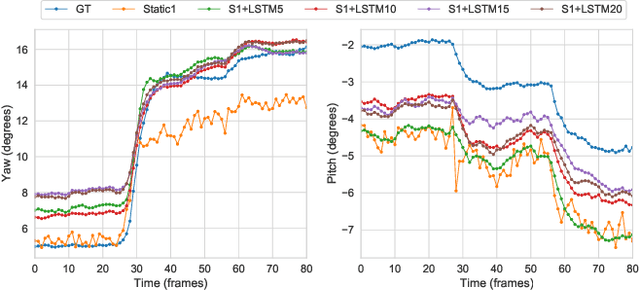Benefits of temporal information for appearance-based gaze estimation
Paper and Code
May 24, 2020



State-of-the-art appearance-based gaze estimation methods, usually based on deep learning techniques, mainly rely on static features. However, temporal trace of eye gaze contains useful information for estimating a given gaze point. For example, approaches leveraging sequential eye gaze information when applied to remote or low-resolution image scenarios with off-the-shelf cameras are showing promising results. The magnitude of contribution from temporal gaze trace is yet unclear for higher resolution/frame rate imaging systems, in which more detailed information about an eye is captured. In this paper, we investigate whether temporal sequences of eye images, captured using a high-resolution, high-frame rate head-mounted virtual reality system, can be leveraged to enhance the accuracy of an end-to-end appearance-based deep-learning model for gaze estimation. Performance is compared against a static-only version of the model. Results demonstrate statistically-significant benefits of temporal information, particularly for the vertical component of gaze.
 Add to Chrome
Add to Chrome Add to Firefox
Add to Firefox Add to Edge
Add to Edge